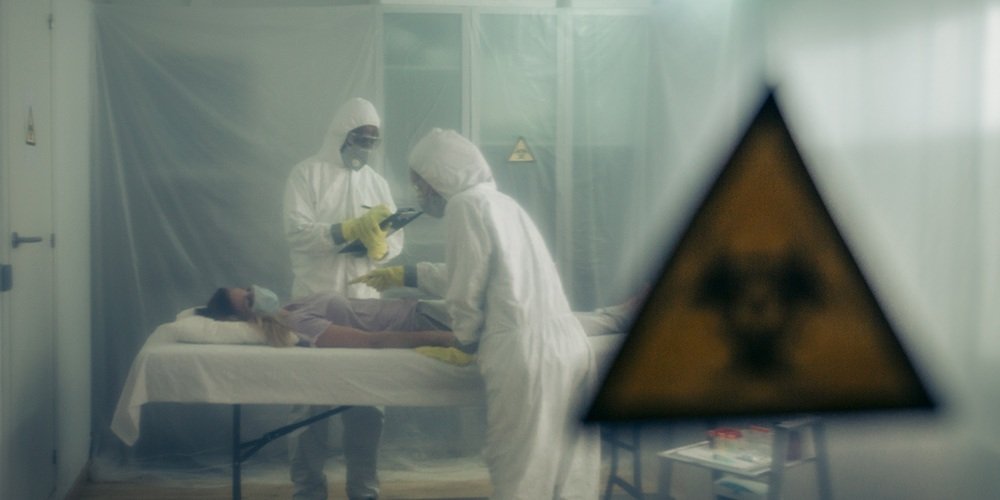(Natural News)—In the wake of the 2001 anthrax attacks, the U.S. government established the Administration for Strategic Preparedness and Response (ASPR) and its subdivision, the Biomedical Advanced Research and Development Authority (BARDA), to fortify the nation’s defenses against bioterrorism, pandemics, and natural disasters.
Yet, two decades later, these agencies are mired in inefficiency, bureaucratic turf wars, and questionable priorities. What was meant to be a streamlined system for rapid response has instead become a labyrinth of overlapping jurisdictions, regulatory bottlenecks, and internal power struggles. The result? A biodefense infrastructure that is as fragile as it is costly, leaving the nation vulnerable to the very threats it was designed to combat. Bio weapons are designed to mass produce experimental vaccine programs. Certain drugs are stockpiled and mandated for the next emergency, even when their efficacy and safety profile is lacking. The U.S. biodefense industry is house of flimsy cards, falling in real time.
Key Points:
- ASPR and BARDA, created to respond swiftly to bioterrorism and pandemics, are plagued by inefficiency and bureaucratic overlap.
- The 2001 anthrax attacks exposed systemic dysfunction in biodefense oversight, leading to a power shift from the Department of Defense to the National Institute of Allergy and Infectious Diseases (NIAID).
- Senior Executive Service (SES) employees and cumbersome federal regulations slow decision-making, undermining emergency response efforts.
- The U.S. biodefense system prioritizes stockpiling over innovation, creating a bloated and costly infrastructure that may be ill-prepared for future threats.
- The Covid-19 scandal highlighted the risks of rushed, experimental technologies like mRNA vaccines, raising questions about long-term preparedness.
From bio-terror to bureaucratic overhaul
The 2001 anthrax attacks were a watershed moment for U.S. biodefense. The attacks, which killed five people and infected 17 others, exposed glaring gaps in the nation’s preparedness. Yet, the investigation itself became a cautionary tale of government dysfunction. Dr. Steven Hatfill, a scientist wrongly accused of orchestrating the attacks, endured relentless FBI harassment. “The FBI was tailing him, running him off the road, harassing him day and night,” recounted Dr. Robert Malone, a prominent voice in biodefense criticism.
The eventual suspect, Bruce Ivins, an Army anthrax specialist, died by suicide before facing trial. Some theorize that Ivins, like a fireman who doubles as an arsonist, orchestrated the attacks to magnify society’s need for his expertise. This scenario underscores a troubling pattern: institutions exploiting threats to justify their own existence.
In the aftermath, Dr. Anthony Fauci successfully lobbied Congress to expand NIAID’s role in biodefense, arguing that the Department of Defense had failed in its responsibilities. “Fauci argued that DOD had allowed these bioweapons to leak and couldn’t handle the job,” Malone explained. This shift consolidated NIAID’s power, significantly increasing its budget and influence. By 2018, NIAID’s budget had ballooned to over $36 billion, with a disproportionate share allocated to bioterrorism research. […]
— Read More: thelibertydaily.com


